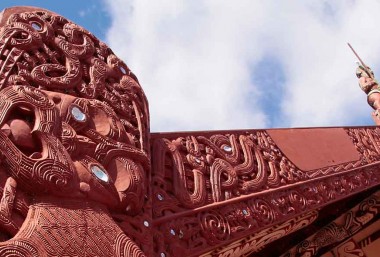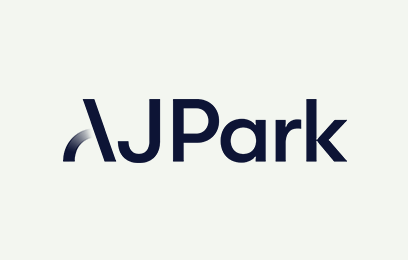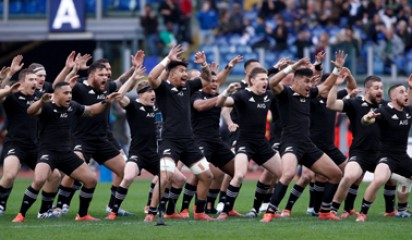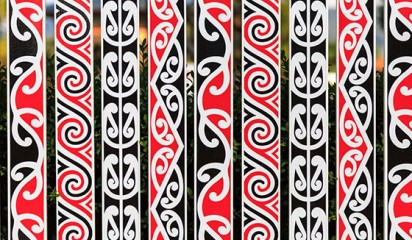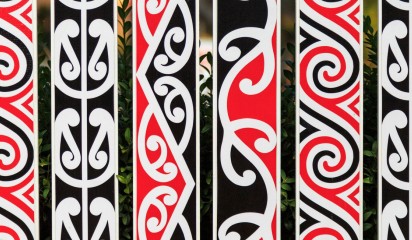The world has almost come to a standstill as a result of COVID19, but cultural property theft has proliferated the internet (examples available here and here). This issue is not new for Māori (the indigenous people of New Zealand) and other indigenous peoples around the world, but now Māori are calling for New Zealand’s intellectual property framework to be aligned with kawa and tikanga (Māori customs and protocols) to stop this ongoing misuse. In this article, we consider this proposition.
As a member of the World Trade Organisation, New Zealand’s intellectual property legal framework must comply with the obligations set out in the TRIPS agreement. Therefore, New Zealand’s intellectual property law is heavily influenced by globalisation and international trade conditions.
As a consequence, New Zealand’s first law, kawa and tikanga (customs and protocols), has had little influence on New Zealand’s intellectual property legal system.
WAI 262 report
The limitations of the current intellectual property framework in relation to Māori intellectual and cultural property were discussed by the Waitangi Tribunal in the WAI 262 report, Ko Aotearoa Tēnei. The Waitangi Tribunal is a commission of inquiry established under The Treaty of Waitangi Act 1975 to investigate and make recommendations on claims brought by Māori relating to actions or omissions of the Crown, that breach the promises made in the Treaty of Waitangi (an 1840 Treaty between the Crown and various Māori tribal leaders), which led to the colonisation of New Zealand.
In its report, issued in July 2011, the Waitangi Tribunal recommended an alternative framework be set up to protect Māori intellectual and cultural property.
Alternative framework proposed
The report proposed varying levels of protection for different categories of Māori intellectual and cultural property and the establishment of a new expert committee to adjudicate on disputes related to the use of Māori intellectual and cultural property.
In proposing graduated levels of protection, the report introduced new terms (a) taonga works, (b) taonga-derived works, and (c) closely-held mātauranga Māori.
The report defines a taonga work as ‘a work, whether or not it has been fixed, that is in its entirety an expression of mātauranga Māori; it will relate to ancestral connections and contain or reflect traditional narratives or stories’. Taonga works are those considered most sacred and will always having living kaitiaki. Taonga can be translated as ‘treasure’ and the term encompasses both the tangible (land, flora, fauna, cultural works) and intangible (language, mātauranga Māori).
The report defines a taonga-derived work as ‘a work that derives its inspiration from mātauranga Māori, but does not relate to or invoke ancestral connections, nor contain or reflect traditional narratives or stories, in any direct way. A taonga-derived work is identifiably Māori in nature but has neither mauri (lifeforce) nor living kaitiaki’.
Mātauranga Māori translates roughly as ‘Māori knowledge’ but is broader than that, as it refers not only to the knowledge itself, but also to the Māori way of knowing. No clear definition of closely-held mātauranga Māori was given. But it appears that mātauranga Māori will be considered closely held when it attaches to a particular iwi (tribe) or hapū (sub-tribe), has whakapapa (ancestral) connections and living kaitiaki (custodians).
Taonga works and closely-held mātauranga Māori would be granted the highest level of protection under the proposed framework. Any future commercial use of taonga works and closely-held mātauranga Māori would require the prior consent from the relevant kaitiaki. However, there would be no limitation on private, non-commercial use, provided that use is not offensive or derogatory.
On the other hand, under the proposed framework, taonga-derived works would be free to be used commercially or otherwise without prior permission, provided that use was not offensive or derogatory.
The role of the expert committee
The report proposed giving the expert committee power to:
- hear objections that use of a taonga work, taonga-derived work, or mātauranga Māori is offensive or derogatory (objections can be made by anyone)
- hear objections by kaitiaki that a taonga work or closely held mātauranga Māori is being used commercially without consultation or consent from kaitiaki
- decide whether a work is a taonga work or closely-held mātauranga Māori
- provide declaratory rulings on whether the use of a taonga work or closely-held mātauranga Māori is permissible
- identify kaitiaki
- keep registers of taonga works and kaitiaki
- develop and establish best practice guidelines for the use, care, protection, and custody of taonga works, taonga-derived works, and closely-held mātauranga Māori
- develop and establish best practice guidelines for consultation with kaitiaki and tohunga (experts).
It is expected the expert committee would apply New Zealand’s first laws (kawa and tikanga) to the interpretation of our intellectual property framework and grant better protection to Māori intellectual and cultural property.
Some say the recommendations in the WAI 262 report do not go far enough, and kawa, tikanga, and Māori values should be at the heart of the intellectual property system.
Where to from here?
Given the WAI 262 report has the possibility to impact across the government, the New Zealand government is yet to formally respond to the WAI 262 report.
In August 2019, the government released Te Pae Tawhiti, proposing a whole of government structure for addressing the issues raised in WAI 262. The report also proposes a significant work programme, which is likely to impact every government department and take several years to complete.
After targeted consultation on the proposed structure and the work programme, the government published its Targeted Engagement Report, which summarises the key themes raised in the initial consultation.
As New Zealand gets ready for our national elections scheduled for 19 September 2020, we are unlikely to see any significant progress on the government’s response to the WAI 262 report or any significant reform to New Zealand’s intellectual property framework.
2021 will mark the 30th anniversary of the filing of the WAI 262 claim and the 10th anniversary since the report issued. Perhaps these anniversaries may inspire the New Zealand government to respond and Māori may finally have in place better protection for Māori intellectual and cultural property, consistent with kawa and tikanga. Karawhiua Aotearoa!
An edited version of this article was first published by World Trademark Review on 16 July 2020.
